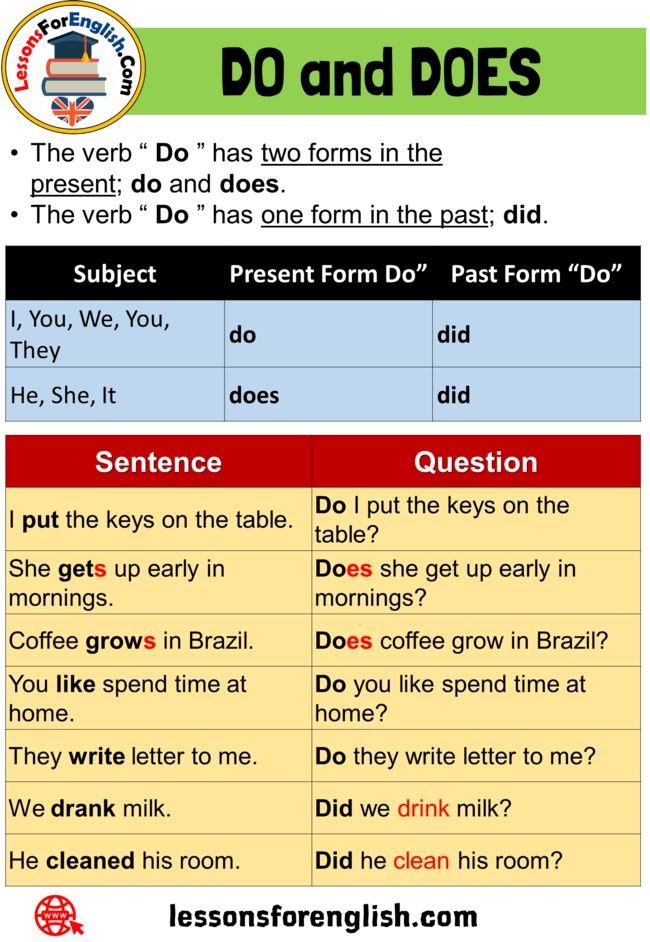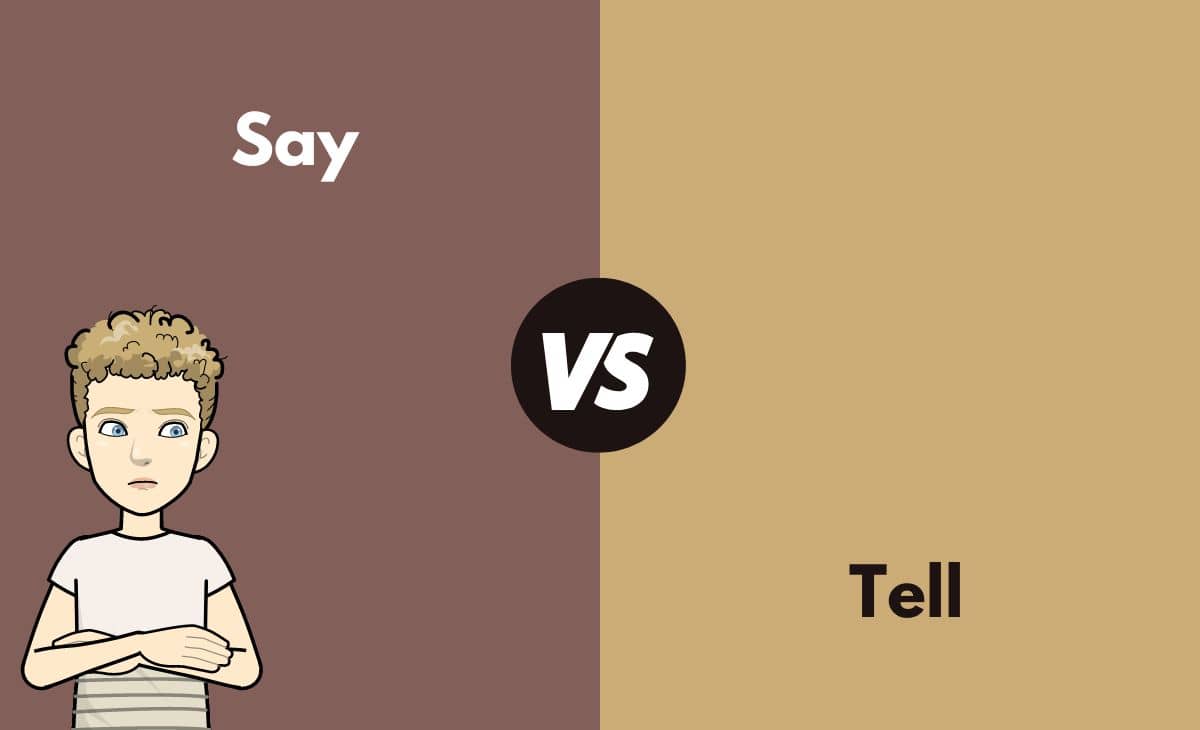Unlocking Better Results: How Marketing Based on Online Behavior Drives Leads and Sales
Introduction: The Power of Behavioral Marketing
In today’s digital landscape, marketing that leverages online behavior is transforming how brands reach, engage, and convert potential customers. By analyzing the actions users take across websites, apps, and digital channels, businesses can create highly personalized experiences that drive higher conversion rates, improve lead quality, and maximize sales opportunities. This article provides a comprehensive guide to understanding, implementing, and optimizing marketing based on online behavior, with detailed steps, real-world examples, and actionable advice for businesses seeking to capitalize on this powerful approach.
Understanding Behavioral Marketing
Behavioral marketing is the practice of collecting, analyzing, and acting upon data about users’ online activities to deliver more relevant content, ads, and offers. This approach relies on information such as browsing history, search terms, purchase behavior, and engagement with previous campaigns to segment audiences and personalize messaging. [1] For example, a visitor who frequently browses high-end electronics may receive targeted offers for premium products, while someone who abandons a shopping cart might be sent an incentive to complete their purchase.
Types of Behavioral Data Used in Marketing
To create effective behavioral marketing campaigns, marketers track a range of online behaviors, including:

Source: level343.com
- Website visits and page views – Understanding which pages a user visits helps tailor content and recommendations.
- Search queries – Search terms reveal user intent and interests, guiding relevant ad placement.
- Purchase and cart activity – Monitoring items added to carts or past purchases enables personalized product suggestions and follow-up communications.
- Email engagement – Tracking opens, clicks, and link selections refines future campaign targeting. [2]
- Ad interactions – Recording which ads are clicked or ignored helps optimize future ad placements.
By consolidating these data points, marketers create detailed profiles that improve segmentation and message relevance.
Real-World Examples of Behavioral Marketing in Action
Leading brands across sectors are achieving significant results by using behavioral marketing techniques:
- Amazon leverages browsing and purchase history to spotlight items “Related to your views” or “Frequently bought together,” driving upsell and cross-sell opportunities. [3]
- Netflix analyzes viewing patterns and preferences to recommend content that keeps users engaged, contributing to high retention rates. [3]
- Retailers use abandoned cart data to trigger follow-up emails, often including a discount or reminder to encourage completion of the purchase. [2]
- Travel companies offer personalized deals based on previous searches or bookings, such as suggesting hotels in destinations users have recently viewed. [4]
These tactics consistently yield higher engagement and conversion by aligning offers with demonstrated interests.
Step-by-Step Guide to Implementing Behavioral Marketing
- Collect Behavioral Data Begin by integrating analytics tools on your website, email campaigns, and advertising platforms. Solutions like Google Analytics, customer relationship management (CRM) systems, and email marketing automation platforms help capture and consolidate user actions.
- Segment Your Audience Group users based on shared behaviors, such as frequent buyers, first-time visitors, or those who recently abandoned a cart. This segmentation enables targeted messaging and relevant content delivery. [5]
- Personalize Content and Offers Use dynamic website content, tailored email sequences, and targeted ads to address each segment’s unique needs. For instance, offer loyalty rewards to repeat buyers or send educational content to new leads. [1]
- Automate Campaigns Deploy marketing automation tools to trigger messages based on user actions, such as sending a reminder email when a cart is abandoned or displaying personalized product recommendations during browsing sessions. [2]
- Monitor Performance and Optimize Track key metrics like click-through rates, conversion rates, and revenue per user. Use A/B testing to refine messages and offers, adapting strategies based on real-world results.
Practical Applications: Lead Generation and Sales Acceleration
Behavioral marketing offers distinct advantages for lead generation and sales:
- Improved Lead Quality : By targeting users who demonstrate high intent-such as downloading a white paper or visiting pricing pages-businesses can prioritize leads more likely to convert. [3]
- Increased Conversion Rates : Personalizing offers and follow-ups based on individual actions ensures users receive relevant information at the optimal moment, reducing friction and boosting conversions.
- Enhanced Customer Retention : Ongoing analysis of customer behavior enables timely loyalty offers, personalized recommendations, and re-engagement campaigns that extend customer lifetime value. [5]
For example, a SaaS company can trigger a targeted sequence of onboarding emails to users who sign up but haven’t completed profile setup, increasing activation rates and reducing churn.
Overcoming Challenges and Ensuring Compliance
While behavioral marketing delivers measurable benefits, businesses may encounter challenges, including:
- Data Privacy Regulations : Compliance with laws such as the General Data Protection Regulation (GDPR) and the California Consumer Privacy Act (CCPA) is vital. Always provide clear privacy notices and obtain user consent before collecting behavioral data. For guidance, refer to official government resources or consult a qualified legal advisor.
- Data Integration : Consolidating data from multiple platforms can be complex. Consider using unified marketing platforms or data management tools to centralize analytics and streamline segmentation.
- Message Fatigue : Over-targeting users with repetitive messages can cause disengagement. Implement frequency capping and monitor engagement metrics to balance personalization with user experience.
To address these issues, regularly audit your data collection practices, update privacy policies, and offer users easy ways to manage their preferences.
Alternative Approaches and Additional Pathways
For organizations with limited resources or expertise, consider these alternatives:

Source: infohubdigital.com
- Partner with Marketing Agencies : Agencies specializing in behavioral marketing can provide expertise, tools, and campaign management tailored to your goals. To find reputable partners, search for “behavioral marketing agencies” and review case studies and client testimonials.
- Use Platform Integrations : Many e-commerce and CRM platforms offer built-in behavioral targeting features. Explore your platform’s marketplace or support center for available integrations.
- Leverage Free Training Resources : Leading platforms such as Shopify, HubSpot, and Google offer free online courses on behavioral marketing best practices. Visit their official websites and search for “behavioral marketing training.”
These pathways allow businesses of any size to begin leveraging behavioral data without the need for extensive technical development.
How to Get Started: Actionable Steps for Businesses
To begin implementing marketing based on online behavior, follow these steps:
- Evaluate existing analytics tools and ensure they capture key behavioral data points.
- Define goals for personalization, lead generation, or sales acceleration.
- Develop clear audience segments using behavioral data.
- Design personalized offers, messages, and follow-ups for each segment.
- Test and refine your campaigns based on measurable outcomes.
If you need additional support, you can contact professional marketing consultants or explore training programs through established industry platforms. When searching for agencies or courses, use queries such as “behavioral marketing consulting services” or “online behavioral marketing training.” Always verify the credibility and reputation of any organization before engaging their services.
References
- Terakeet (2022). What Is Behavioral Marketing? Types, Segmentation, & Examples.
- Shopify (2024). Behavioral Marketing: What It Is and How To Use It.
- LeadsBridge (2021). The Complete Guide to Behavioral Marketing (and Examples).
- Plerdy (2024). What is Behavioral Marketing [+ Examples].
- Instapage (2025). Defining Behavioral Segmentation with 7 Examples.
MORE FROM todayhiring.us













